Umbra means complete shadow. It is no wonder it is named as such since this type of shadow is responsible for the greatest eclipses, namely the total lunar eclipse and the total solar eclipse.
This type of shadow also creates partial eclipses. The Moon’s umbra is responsible for total solar eclipses, while the Earth’s umbra is responsible for total lunar eclipses. There two other types of shadows apart from the umbra, namely the penumbra and antumbra.
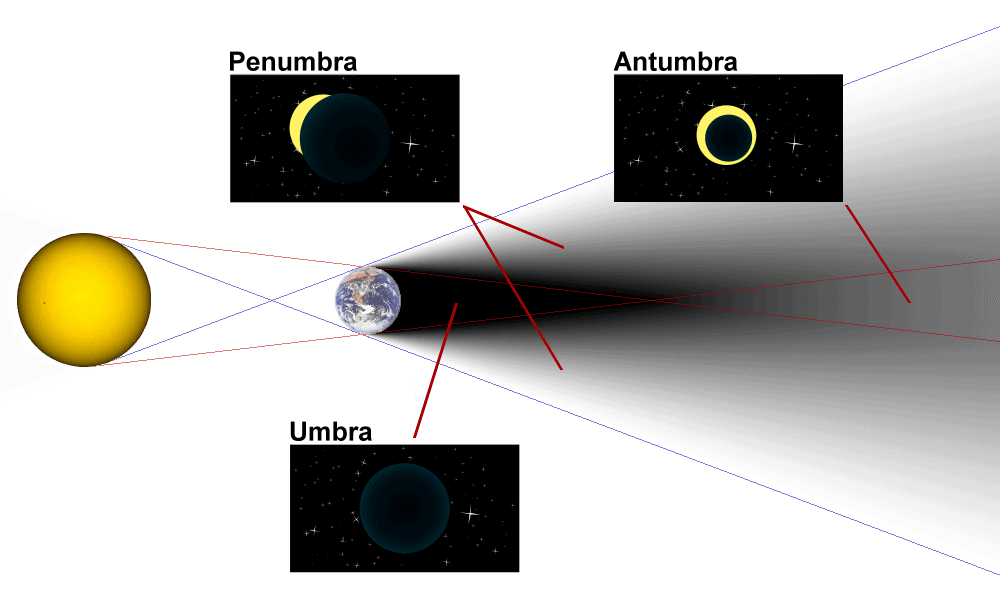
Each of these shadows is responsible for different kinds of eclipses, so let’s see what exactly is the umbra.
What is the Umbra?
Any opaque object illuminated by a light source will cast shadows as it blocks the light that hits them. These shadows are usually distinguished into three: umbra, penumbra, and antumbra.
The umbra is the darkest part of a shadow, its central region. If you are standing in the umbra, you wouldn’t be able to see the light source.
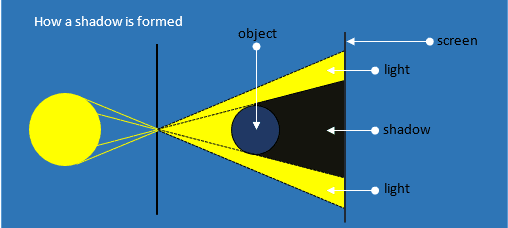
The other two shadows are the lighter parts. The penumbra is the outer part of a shadow, while the antumbra is the shadow that begins where the umbra ends.
If a celestial body, such as the Earth, enters the Moon’s shadow, then we will experience a solar eclipse; however, if the Moon travels through Earth’s shadow, we will witness a lunar eclipse.
Every category of the eclipse depends upon the type of shadow which is cast upon a celestial object. Total eclipses are among the rarest types of eclipse, and apart from them, the umbra may also be responsible for a partial eclipse.
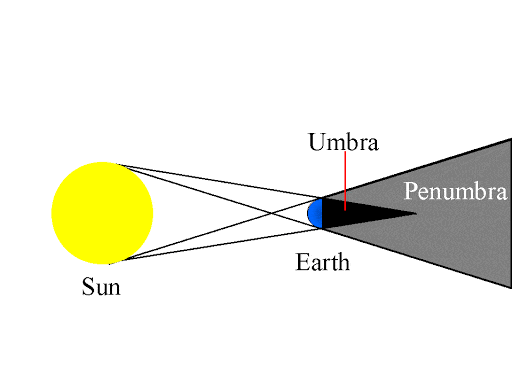
Why are Total Eclipses so Rare?
Total eclipses are rare because everything is in constant motion. For example, the Moon’s umbra part of its shadow hits our Earth quite rarely.
Apart from this, the Moon’s umbra is relatively small, covering a tiny part of our Earth’s surface. Since everything is in constant motion, the Moon’s umbra is moving across the Earth’s surface.
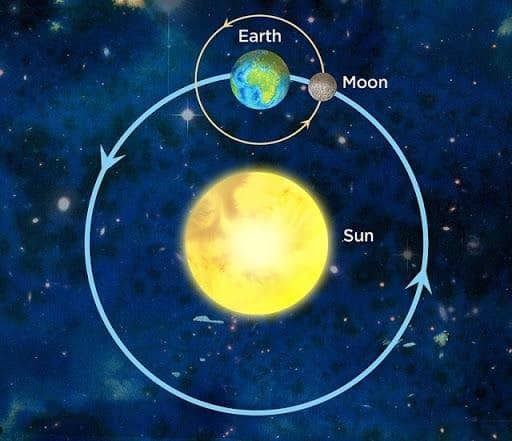
This means that the total phase of an eclipse can only be seen along a narrow eclipse path. The total solar eclipse, which will occur on April 8, 2024, for example, can only be seen along a slim belt stretching the U.S, Mexico, and Canada.
How Large is the Moon’s Umbra?
With that being said, how large is the Moon’s umbra? The size of the Moon’s umbra depends on many factors, such as the distance at that moment from the Moon to Earth. As the distance is smaller, the umbra is larger. Thus it mostly depends on the Moon’s perigee – closest distance from Earth, or apogee, farthest distance from Earth.
When the Moon is closest to us, its umbra during an eclipse will have a width of roughly 93 miles / 150 kilometers at the Earth’s equator.
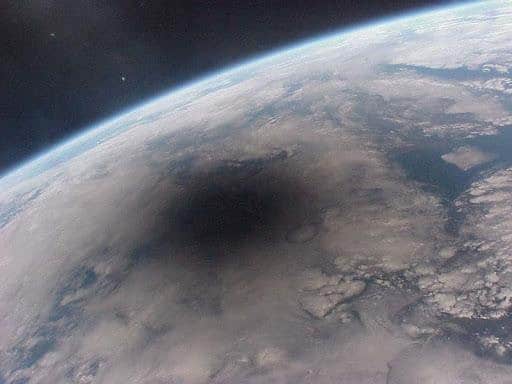
If we take into consideration higher altitudes, the Sun’s rays will hit the Earth’s surface at a shallower angle, and thus the umbra’s size grows accordingly.
In some total solar eclipses, the umbra’s path width may reach sizes of over 621 mi / 1,000 km at the poles. If a solar eclipse occurs when the Moon is at its greatest distance from us, the tip of the Moon’s v-shaped umbra may reach the Earth’s surface during parts of the eclipse, its diameter being close to zero.
The total phase of a solar eclipse lasts for a short period of time. The longest has been recorded at around 7 minutes, while an eclipse predicted to happen in 2067 will probably last for just 8 seconds.
When the Moon is close to its apogee, the farthest distance from Earth, then the umbra will not reach the Earth’s surface at all during an eclipse. It will be replaced by the antumbra, as it will produce an annular solar eclipse.
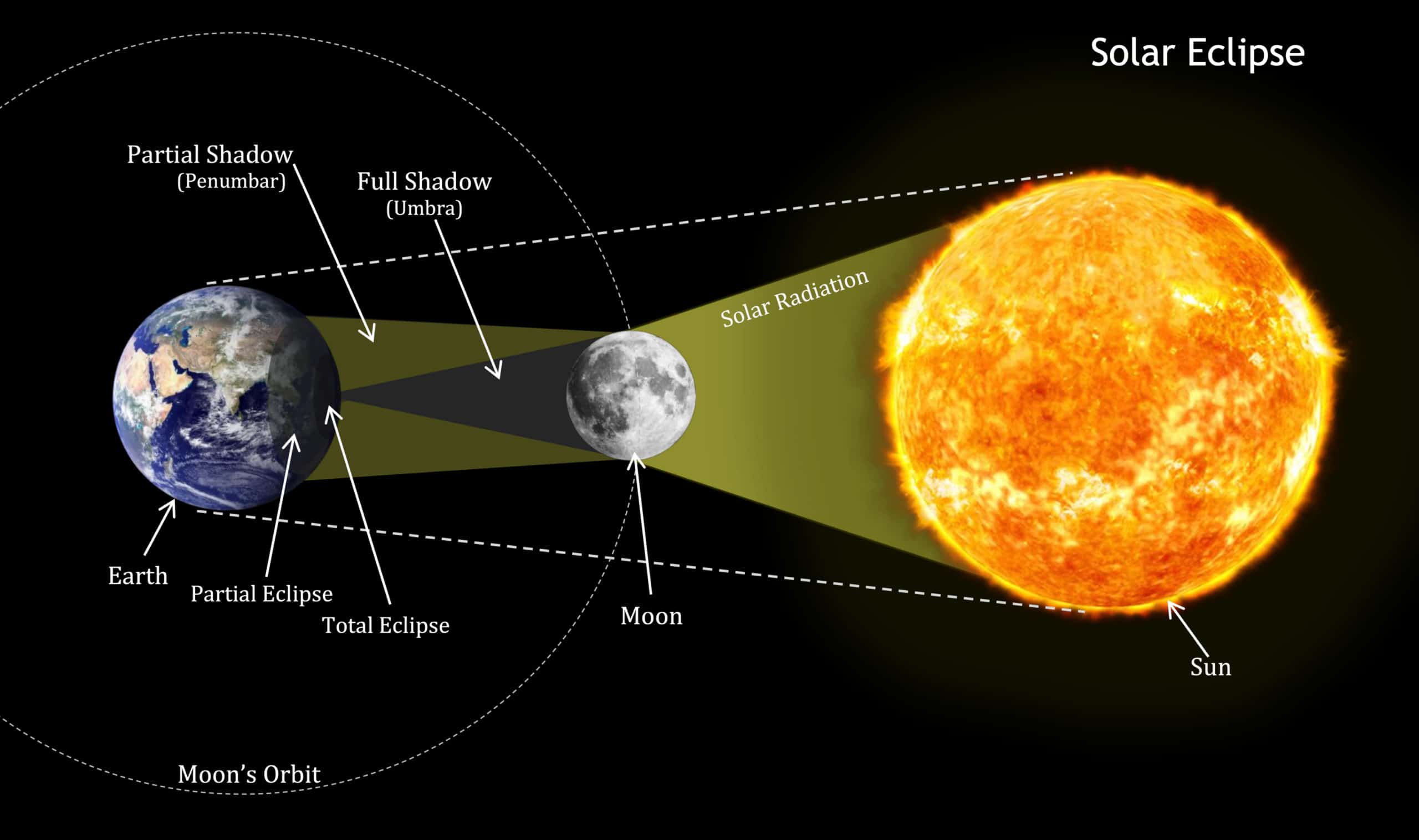
Earth’s Shadow Causes Lunar Eclipses
Like the Moon casts an umbra on Earth, so does the Earth cast an umbra on the Moon. The Earth’s umbra is responsible for the night since when the Sun goes down, we pass through the darkness created by the Earth’s umbra.
The Earth’s shadow causes lunar eclipses, and total lunar eclipses occur when the Moon is completely immersed in Earth’s umbra.
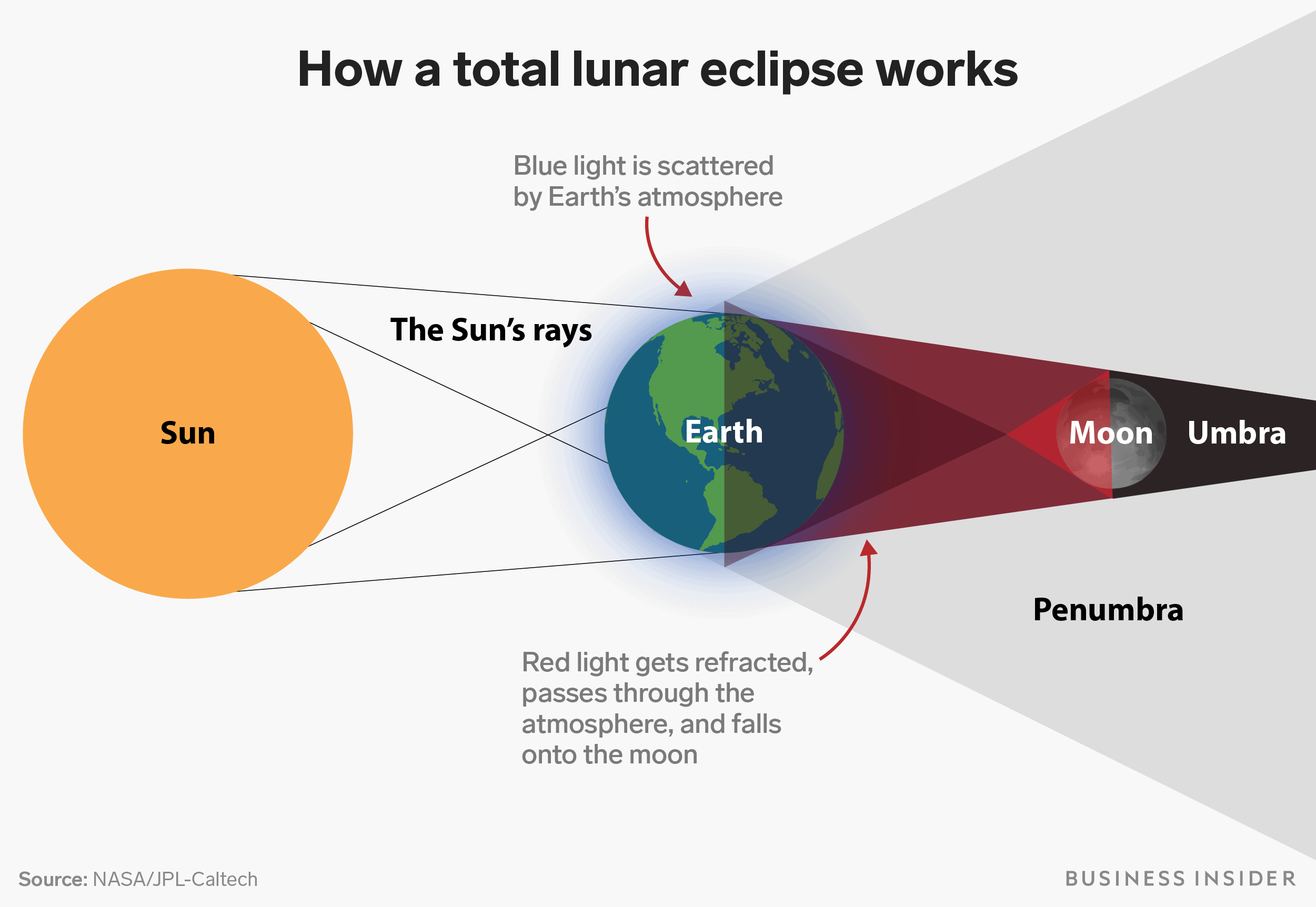
Our planet’s shadow is also responsible for partial lunar eclipses, which occur when the Earth’s umbra shadow darkens only a part of the Moon. Penumbral lunar eclipses happen when the Moon enters the Earth’s penumbra.
There is No Umbra During Planet Transits
Both Mercury and Venus pass in front of the Sun, as seen from Earth; however, due to their long distances from us, their umbras doesn’t reach Earth’s surface.
We travel through these planet’s antumbra, however, during a transit. The antumbra’s diameter increases as the distance is longer, being very wide when it reaches Earth. Because of this, planet transits may take several hours.
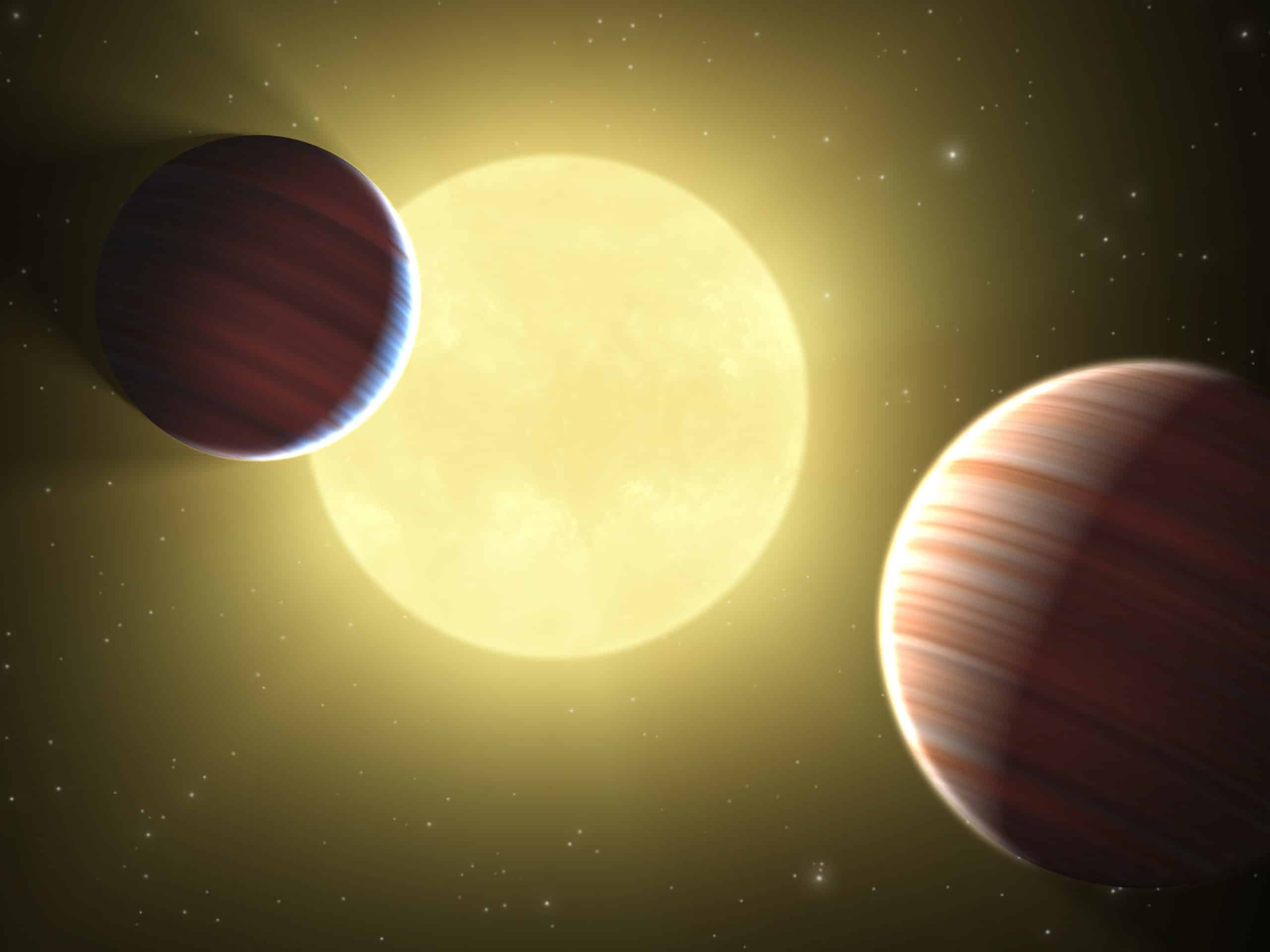
When is the Next Total Solar Eclipse?
The next total solar eclipse will occur on April 8, 2024. It will only be seen along a slim belt stretching the U.S, Mexico, and Canada.
When is the Next Total Lunar Eclipse?
In 2021 we will experience a total lunar eclipse on May 26. It will be visible from South/East Asia, Australia, North America, South America, Pacific, Atlantic, Indian Ocean, and Antarctica.
The next total lunar eclipse will then happen on 15-16 May 2022. It will be visible in South/West Europe, South/West Asia, Africa, North America, South America, Pacific, Atlantic, Indian Ocean, and Antarctica.
When is the Next Partial Lunar Eclipse?
The next partial lunar eclipse will occur on November 19, 2021. It will be visible from North America, South America, Australia, and parts of Europe and Asia.
Did you know?
- NASA is always working on predicting lunar eclipses. Their list of predictions extends until the year 2100.
- We won’t experience total eclipses forever. Millions of years in the future, our Moon will be too far away to completely occlude the Sun.
- When our Earth experiences an eclipse, we continue to receive at least 92% of the amount of sunlight.
- A total lunar eclipse can last up to an hour and three quarters. Solar eclipses are much shorter, and they can last up to seven minutes.
- Total lunar eclipses, unlike total solar eclipses, are safe to watch with the naked eye.
- Every planet with natural satellites can experience eclipses. Jupiter, for example, experiences a triple eclipse once or twice every ten years. Three of the four Galilean moons, respectively Io, Callisto, and Ganymede, are responsible for these eclipses. When it comes to Pluto, both it and its giant moon Charon experience eclipses only on one of their sides.
Sources:
Image Sources:
- https://upload.wikimedia.org/wikipedia/commons/2/2e/Diagram_of_umbra%2C_penumbra_%26_antumbra.png
- https://lh3.googleusercontent.com/proxy/QFGITH8-K-dztSqk3NC4uMbX-Jyyu3UxsSiitR0ag9wxxG-EZ7aTcBGbf20lWVSZacWFyi-5IsSqpB3RuXbnbHNRDsnBDK2WDGBhciLmUb1u9aMHyAa_3k2pMumPOnY
- https://lh3.googleusercontent.com/proxy/pF3WNR8cyxtmuMANAQUsuihA_du4v1YoCS6SZVBCHMh6l7HPwt-9J4reY8dV3bvfWhv-uZm7Y7Kx9zH7WrFCr5H0vYDiLEGVbB4uEp_IhfRa-sU7ihVy6FwYv4eqfj1F
- https://lh3.googleusercontent.com/proxy/G1dD6GidLMSy4yAOXi-KR3-K10DbxLoEGR0gYvfy_3zP1ZQOGKJS0msn8uNpox3Z9tMkabrDZaR_o11iRc0Rmb-BrQEOZCLrg4EEinLp4rENN7p3oM4EZkX8qnixrMV13RJFiPloHNpb6MLPzg
- https://lh3.googleusercontent.com/proxy/brAOHBg0UJZbhsaDkLaaFAmuO8POOQz4iseIIAKLYLQqQltv-8vMmqMftkVkuF4JqsGDL6ZhcD0g4un0KXd-eDF5OYJosqYX0-u_siZdglrO9j-Dt6pmfuDQLeA
- https://i1.wp.com/www.astronomylovers.com/wp-content/uploads/2019/01/Full_Solar_Eclipse.jpg
- https://i.insider.com/5b491e26744a981a008b4b33
- https://www.nasa.gov/sites/default/files/images/477859main_KeplerSinglePanelStill.jpg
